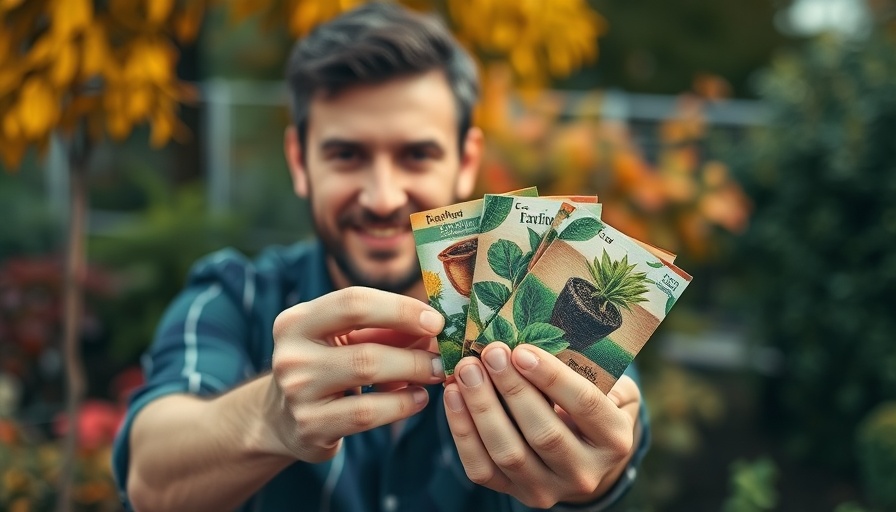
Evaluating the Impact of Shade Cloth on Pepper Growth
As gardeners in urban settings grapple with limited sunlight and space, understanding the efficacy of techniques like shade cloth becomes crucial. Recent experiments exploring whether shade cloth benefits hot pepper growth provide essential insights for those cultivating small urban gardens. Peppers, which thrive in warm climates between 70°F to 90°F, face challenges when subject to excessive sun, especially as high temperatures can lead to stress and stunted growth.
In 'Shade Cloth vs No Cloth: Which Harvest Was Better?', the discussion dives into the effectiveness of shade cloth on pepper crops, exploring key insights that sparked deeper analysis on our end.
Understanding the Choices: Why Use Shade Cloth?
In the experiment featured in the video, peppers like the Thai hot chili and ghost pepper were planted with and without shade cloth. It was hypothesized that the cloth would help manage exposure, allowing peppers to grow more robustly while protecting them from heat stress. As the results came in, several patterns emerged highlighting the advantages and disadvantages of using shade cloth. For instance, shaded peppers were noticeably taller due to a phenomenon called "etiolation," where plants stretch towards light. Yet, despite their height, they bore fewer fruits compared to their sun-kissed counterparts.
What the Results Reveal About Plant Health
The stark contrast between the two groups of peppers raises important questions for gardeners. Shaded plants exhibited early signs of growth and better branching but ultimately compromised fruit production as they stretched to find sunlight. Conversely, peppers grown in full sun produced more fruit and overall had a healthier appearance with vibrant green leaves. This could indicate that, although shade cloth can be beneficial under certain conditions, it may reduce the overall yield of fruit-bearing plants.
Learning from Experimentation
This experiment not only tested the effectiveness of shade cloth but also laid the groundwork for future gardening strategies. It suggests that applying shade cloth during periods of intense heat, perhaps above 90°F, or during the initial weeks of a plant’s life could yield better results without sacrificing fruit production. Additionally, gardeners could consider using temporary shade rather than permanent coverings, allowing plants to enjoy full sun at vital stages of their growth.
Practical Tips for Metro Vancouver Gardeners
For residents in Metro Vancouver, who often face fluctuating weather conditions, these findings can guide your gardening decisions. If you’re planting peppers or similar heat-loving crops, monitor temperature spikes and deploy shade cloth accordingly. It’s also wise to keep an eye on humidity levels, as prolonged shade can increase moisture retention, potentially leading to other issues like mold. Urban gardeners should take advantage of vertical growing spaces and balcony setups to maximize sunlight while balancing shade needs.
In conclusion, while the debate over "Shade Cloth vs No Cloth" continues, understanding the delicate balance of light, temperature, and space is vital for effective urban gardening. Through investigation and trial, you’ll discover what’s best for your garden.
 Add Row
Add Row  Add
Add 




Write A Comment